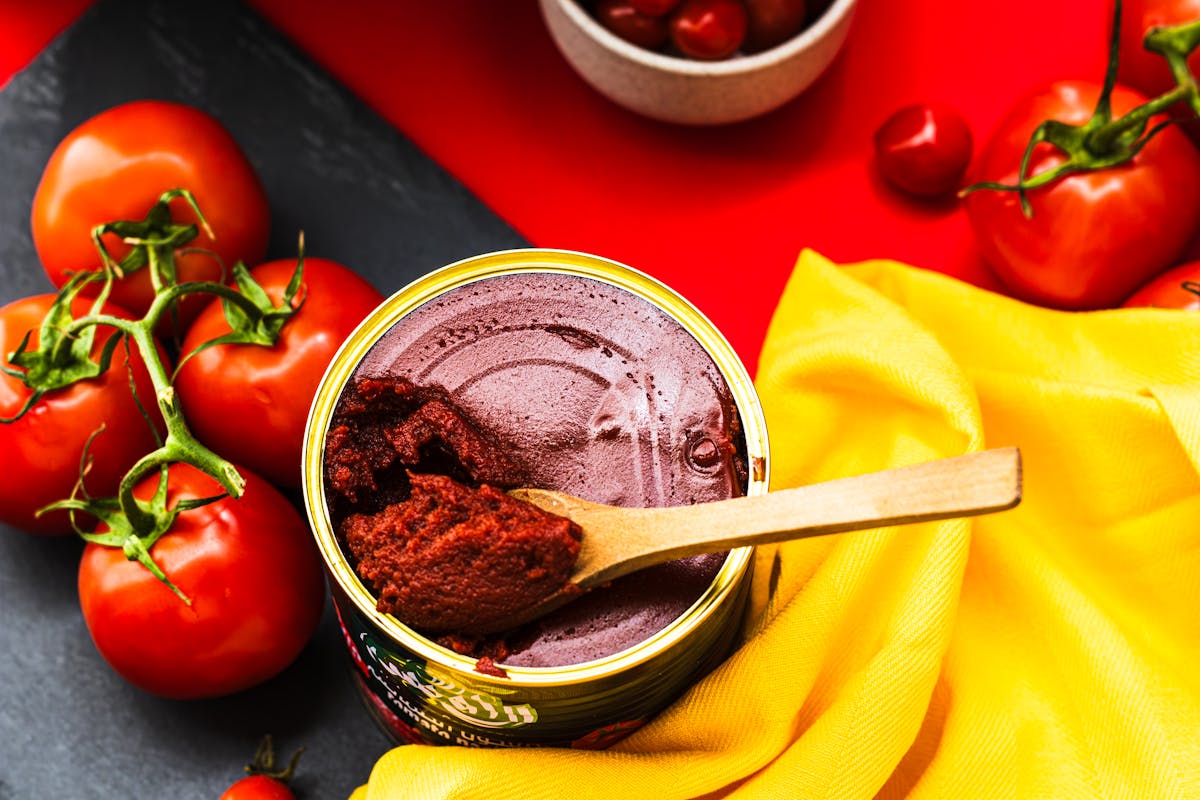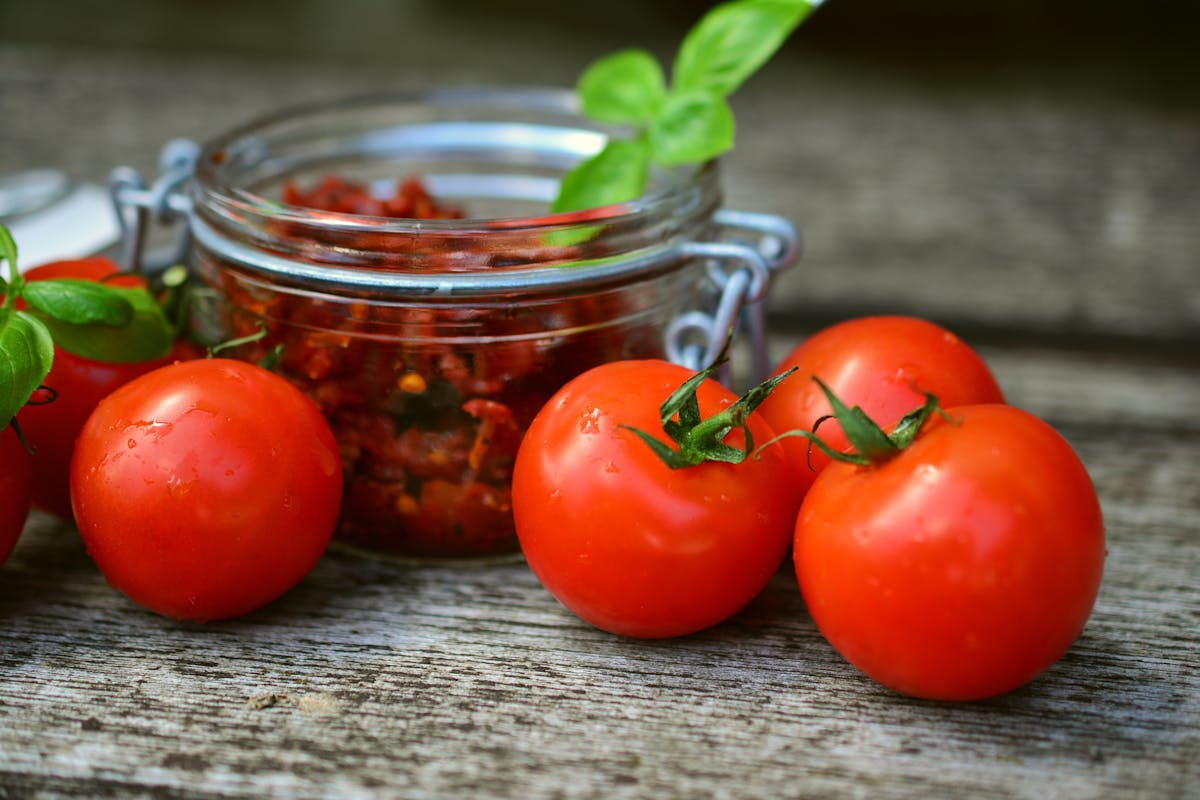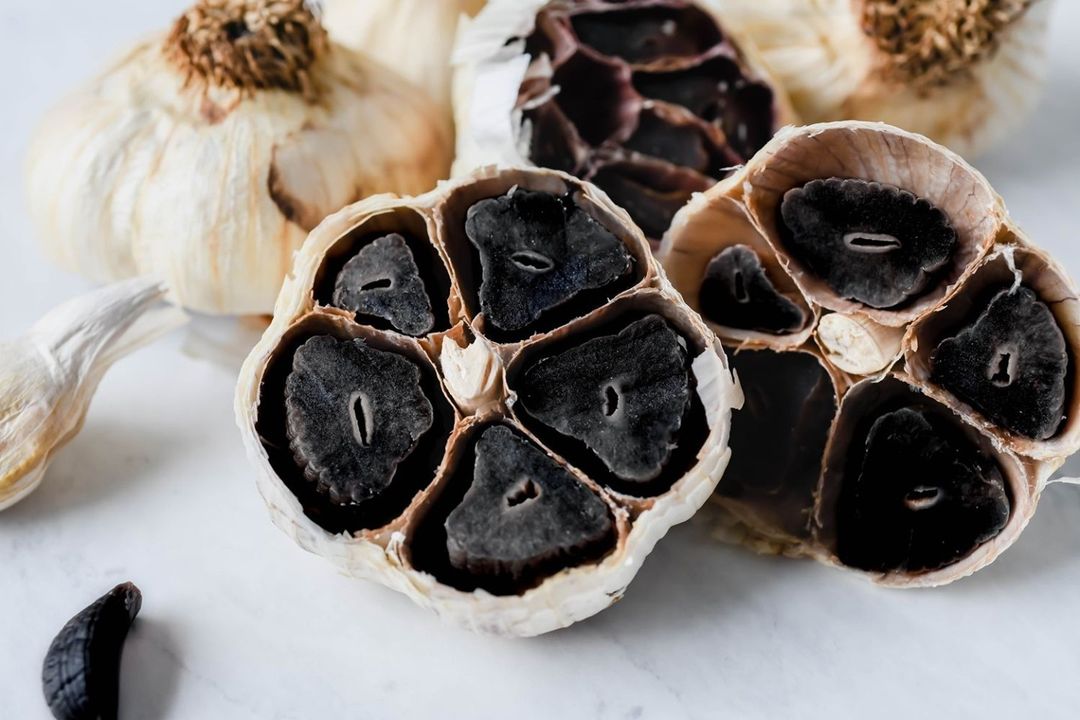
Canned Tomatoes for Beginners: Concentrate, Diced, Peeled or Puréed?
SOMETIMES we think about how nice it would be if we could preserve summer in a jar, with all its scents, flavors, and colors, so we could reach for it whenever we want, especially in the winter months.
Many people are prejudiced against canned food. It's assumed that it fails to replicate the taste and texture of fresh food, which can be true in some cases—but not when it comes to tomatoes. Supporting this is 2020 Eurostat data, which shows that Italy is the largest producer of canned tomatoes in Europe and the second-largest in the world, right after the USA. This means that the average Italian household—whose cuisine is famously tomato-based—regularly reaches for passata or pulp when it’s out of season, reports the portal Kuvar.
Sometimes, the way it is preserved is crucial to highlight all its qualities, and depending on the desired outcome, to emphasize the flavor and texture of certain dishes. However, to properly use it in the kitchen and get the most out of each dish, it's essential to know the differences between the various types of canned tomatoes—between passata, finely chopped, peeled tomatoes, and concentrate.
Even experienced cooks sometimes get stuck when deciding which form of canned tomato to use in a given recipe. What to choose—passata or chopped tomatoes? Or maybe concentrate? What's the difference—and does it matter?
Let’s go step by step.
Passata (pureed tomatoes)
Passata, or pureed tomatoes, is known for its creamy, almost velvety texture, which results from a special preparation process where the juice of each tomato is separated from the skin, seeds, and pulp. To make one kilogram of passata, two kilograms of fresh tomatoes are needed.
The bright red color and sweetness of passata are the result of a careful selection of the best and sweetest tomatoes from the so-called "Food Valley" in Parma. Products from the Italian brand Mutti have been delivering a unique and recognizable flavor for over 120 years. The focus on quality is also reflected in Mutti’s close cooperation with about 400 farmers, where the best tomato growers in northern and southern Italy are annually awarded the Pomodorino d'Oro for quality. This encourages farmers to continuously improve their products and invest in the production process for even higher-quality tomatoes.
Thanks to its creamy and velvety texture, passata pairs well with many dishes, especially those requiring fast cooking, such as classic marinara and various egg and chicken dishes.
Chopped tomatoes (polpa)
Compared to passata, chopped tomatoes contain more liquid, making them ideal for recipes that require longer cooking times. Along with their rich texture and bright red color, Polpa preserves the freshness of just-picked tomatoes.
At Mutti, 100% Italian tomatoes are mechanically harvested at peak ripeness. For Polpa, they are processed using a special method that remains a closely guarded secret to this day. To produce one kilogram of chopped tomatoes, five kilograms of fresh tomatoes are pressed at room temperature immediately after harvest.
Mutti Polpa handles high temperatures very well, making it an excellent choice for pizza. It also pairs well with meat, legumes, and vegetables.

Peeled tomatoes (pelati)
As the name suggests, pelati are steamed to remove the skin, then placed in passata and canned to preserve freshness. Mutti Pelati have a firm, meaty texture and are recognizable by their natural red color, typical of a special plum tomato variety from southern Italy used by Mutti.
Thanks to their versatility, they can be used in many ways. They are a staple in professional kitchens, and Italians mostly use them in rich sauces and fish dishes.
Tomato concentrate
If a recipe calls for a strong and intense tomato flavor, concentrate is the best choice. It features a rich, condensed texture and deep red color. It usually comes in a tube, a method introduced by Mutti in 1950, which inspired tomato producers worldwide.
In the kitchen, it’s used to deepen flavors, which makes it a great match for all other forms of canned tomatoes (Passata, Polpa, Pelati). It’s an excellent choice for creative cooks, as it can be used in a wide variety of dishes—from long-cooked stews to dips and creamy sauces.





